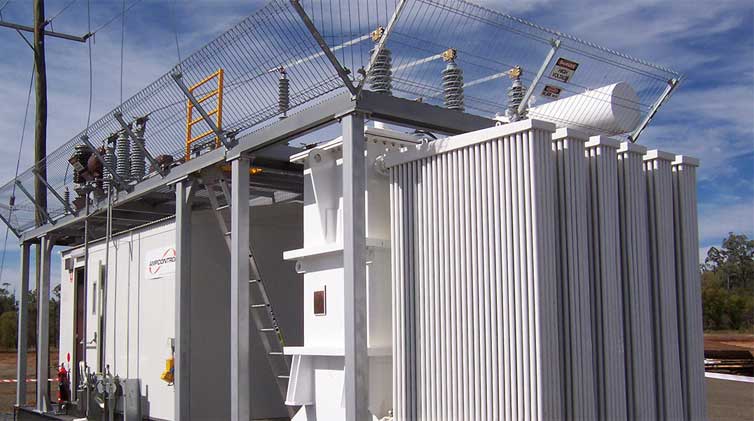The System Composition of the Oil Type Transformer
The oil type transformer has several independent oil systems which are isolated from each other.
When the oil type transformer is in operation, the oil in these independent oil systems is not mutually connected and the oil quality and the operating condition are also different from each other. Therefore, the gas chromatographic analysis of the oil should be carried out separately to determine whether there is any potential fault.
(1) The oil system within the main body. The oil systems connecting with the oil around the winding are all the systems within the main body, including the oil in the cooler or radiator, the oil in the storage tank, and the oil in the oil filled bushing of 35kV and below.
(2) The oil in the switch room with an on-load tap switch.This part of oil has its own protection system, namely the flowing relay, oil storage tank and pressure relief valve. The oil in this switch room plays a role of acting as an insulation and extinguishing the current.The oil will be removed from the oil produced when the toggle switch cuts off the load current. The oil system should have a good sealing performance, which should be guaranteed even if arc pressure is generated during the switching process.
(3) The whole sealing in the voltage classes of more than 60kV. The main function of this oil system is to act as an insulation, or to increase the electrical strength of the insulating paper in the oil type condenser bushing. When the main body is filled with oil, the wire connecting terminals at the end of the bushing shall be sealed to avoid the influx of air.
(4) The oil in high-pressure terminal box or the oil in gas terminal box. High voltage outgoing lines of three-phase 500kV transformers isolate and insulate the oil system by corrugation. This oil system serves mainly as an insulation. To simplify the structure, the oil system can also be connected to the main oil system by connecting pipe or being designed as a separate oil system.
Jump to Content Sections
Leave a Message
You May Also Like
 English
English  français
français  Español
Español  русский
русский  العربية
العربية  tiếng việt
tiếng việt  Malay
Malay  Indonesia
Indonesia  বাঙালি
বাঙালি 

